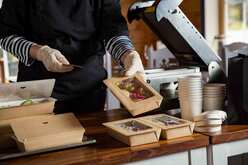 Your to-go packaging can say a lot about your restaurant’s values when it comes to the environment – but it can also leave your food less protected in a couple of ways. Your packaging must be robust enough to keep food safe in transit and protected from external sources of contamination. On top of that, it needs to be made from food-safe components that don’t impact the taste of the food you’re transporting or break down when exposed to hot or cold – potentially affecting the safety of the food and its security in transport. It’s worth testing your packaging after delivery to see if it impacts the experience of your food – and talking to suppliers about your best options.  Restaurant operators are being challenged to make their delivery menu items interesting, as well as appealing and safe to consume after a car trip. But when everything from coffee to ice cream is available and popular for delivery, food packaging becomes especially important. Your to-go packaging should lock out air and contaminants that can alter the integrity of the food being transported, so ensure lids and wrapping are sealed securely. When packing items for delivery, separate cold, hot and aromatic foods that could alter the temperature, taste and quality of the food or drink next to it. A survey from US Foods found that 28 percent of delivery drivers said they had taken food from an order – and 50 percent of drivers had been tempted. It’s worth reviewing your delivery menu and removing items that are easy to pilfer – like fries – and using tamper-evident packaging and labels suited to the food and container to make sure everything arrives as it should. Paper-based labels can tear more easily than film-based labels and are more apt to show tampering if there is a removal attempt, but they also may not stand up as well to contact with liquids or condensation. Need a source for tamper evident solutions check out our selections from various vendors at https://www.foodserviceceo.com/tamper-evident-solutions.html
It can be a challenging task for restaurants to ensure a takeout dish measures up to the quality of an in-restaurant meal – even more so in months where the temperatures can reach extremes. Now that off-premise meals of all types are common – from catering spreads to meal kits to single takeout orders – your off-premise transport safety practices may need a tune-up. As the weather warms, double check your safety protocols (and those of third-party vendors) to make sure you’re protecting food in transit. Ensure cold foods are packed so they remain cold, are kept separate from warm foods and beverages, and that you’ve taken steps to avoid the cross-contamination of foods (by wrapping animal proteins securely and cleaning and drying any whole fruits and vegetables included in an order).
If you have managed to keep business coming in during the past year, you have likely made major shifts in how you get your food to customers – by creating a curbside pick-up service, developing and expanding upon your delivery service, or both. Has your food safety plan expanded at the same rate? At a time when off-premise sales represent a commanding portion of overall restaurant sales, your commitment to keeping your food safe for guests can’t stop at your front door. Since your standards may differ from those of other restaurants, determine how you want your particular safety values to come through to customers who are enjoying your food beyond your dining room. Trace the path of your to-go orders and anticipate potential problems: Are you using take-out containers that don’t adequately insulate foods? Not enforcing the wearing of masks on your team during curbside pick-ups? Packing bags of food that could tip over easily while in transit? Neglecting to secure containers with tamper-proof seals? Your safety protocols go far in representing your brand right now. What do your safety methods say about you?
As we have come to rely on takeout restaurant food over dine-in meals in recent months, the safety of food packaging has been put under a magnifying glass. Beyond the packaging’s ability to keep food at the proper temperature and protect it from tampering, it must also be made from materials that don’t have an adverse impact on the safety of the food it carries. Recently, several states including Washington, Maine and New York have introduced bans on packaging containing PFAS chemicals, which are commonly found in food packaging and are potentially carcinogenic. As packaging improves to help operators manage increases in off-premise dining, consider the safety of its ingredients – along with its ability to keep a meal warm and secure en route to a customer.
The sharp rise in off-premise dining likely means that most, if not all, of your menu is being eaten a good 30 minutes after it’s prepared. How well does it survive the journey from chef to customer? Just as you have likely had to give your business an update to operate effectively right now, your off-premise packaging may need some fine-tuning to make sure it keeps hot foods hot, cold foods cold, and protects food safety overall. Companies are coming to market with new packaging to suit the times – and some operators (like Garry Kanfer of Kissaki Omakase in New York) are even designing their own solutions. If you’re looking for improved methods of packaging foods and protecting them during transport, you’re apt to find plenty of models that may help.
Turkey time is coming quickly. Whether you’re planning to pack up full meals to be heated and eaten off-premise, provide Thanksgiving meal kits for home cooks, or serve Thanksgiving meals on site (and obviously boxing up guests’ must-have leftovers), you need to ensure your food is both transported securely at the proper temperatures and consumed in a way that minimizes the risk for foodborne illness. It’s easy for not only turkey but also side dishes to be left out for too long or cooked inadequately, making it easier for bacteria to multiply. Providing your guests with detailed instructions for heating, refrigerating and reheating, and make sure you have well-insulated packaging that will ensure your dishes can be transported at safe temperatures.
Let’s face it: Even if you keep your coolers and cooking equipment sparkling clean, a sloppy handoff of food to a customer can negate any special care you’re taking behind the scenes. Make sure your updated health and safety procedures carry through to when you pass food to customers who are collecting takeout or receiving deliveries. For takeout orders, Statefoodsafety.com advises taking extra care to wash hands regularly, keep food preparation areas clean, avoid cross-contamination of items and, if needed, keep food awaiting pickup in either hot- or cold-storage equipment until a customer collects it. Delivery drivers should arrive in a clean vehicle, have a means of cleaning their hands regularly, avoid touching potentially contaminated surfaces before touching food or food containers, and have storage that keeps foods at the proper temperature at delivery.
A recent survey of 700 restaurant guests by the restaurant tech company Toast found that restaurant takeout has been more popular than delivery in recent months – and cleanliness is a concern for more people ordering delivery than it is for those ordering takeout. Particularly if you use a third-party delivery provider, customers must not only trust your restaurant staff to prepare and package your food safely but trust the safety of delivery drivers and their vehicles. Promoting your staff’s updated safety procedures – right down to the care your team takes in packaging each order and the minimal handoffs between the chef and customer – could be yet another tactic to entice customers to come to you to collect their order instead of opting for the convenience of delivery.
|
subscribe to our newsletterArchives
July 2024
Categories
All
|
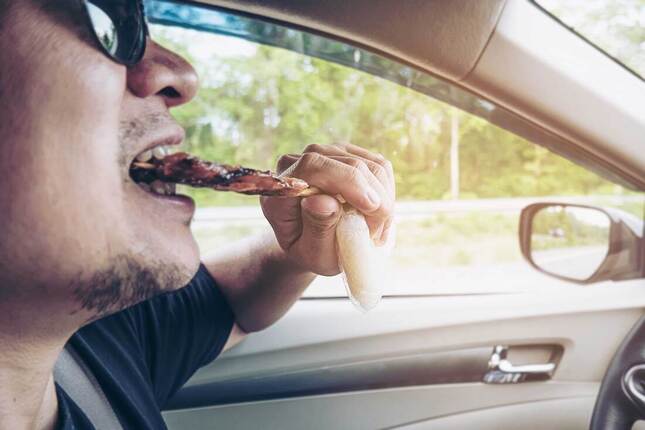
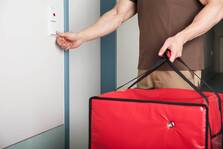
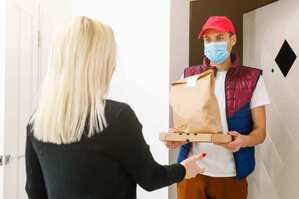
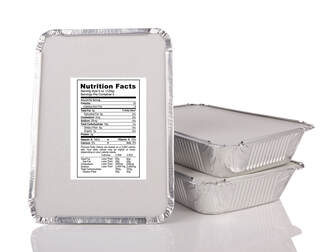
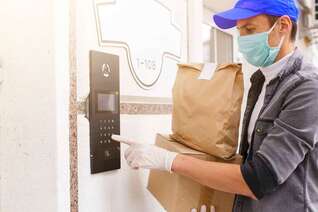
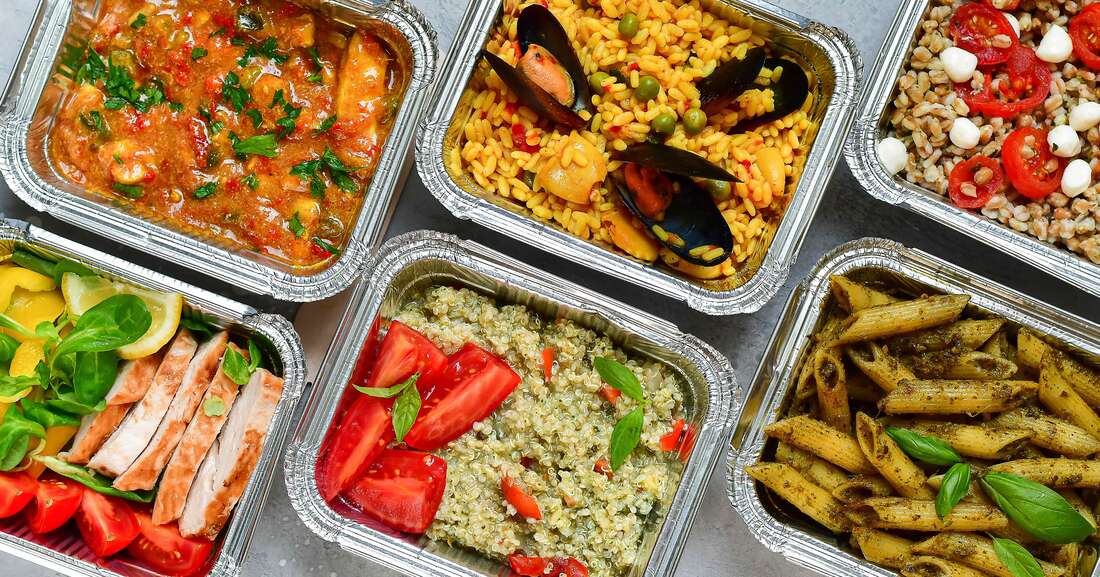
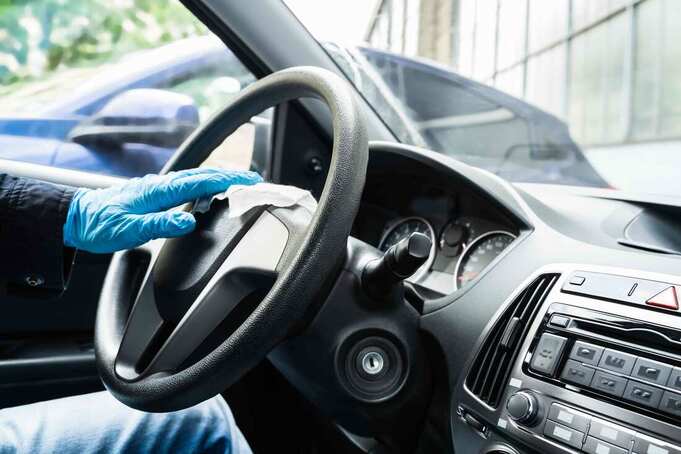
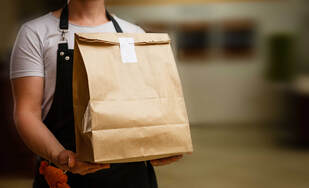


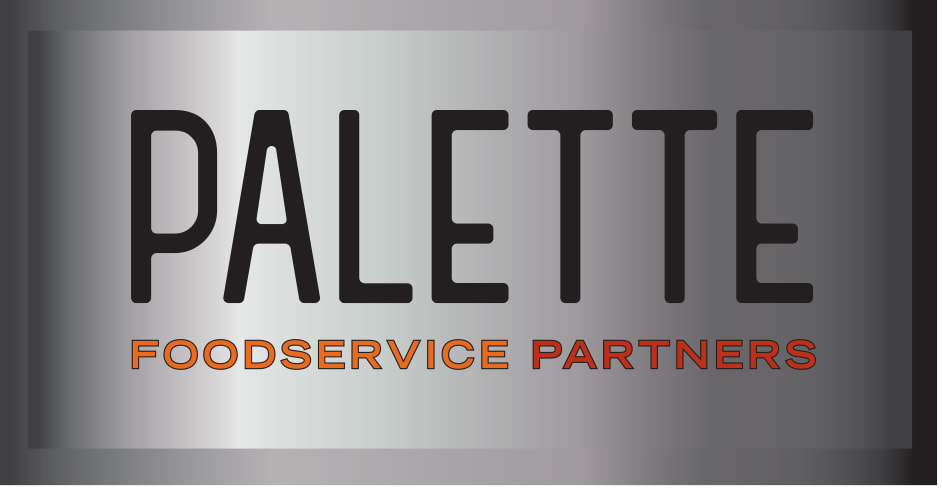
 RSS Feed
RSS Feed